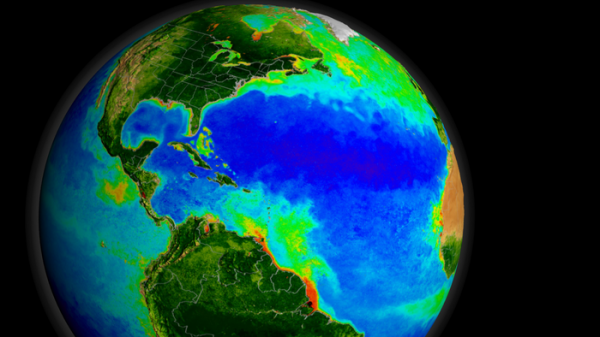Phytoplankton is the foundation of all life on the planet. Understanding how these photosynthetic organisms react to their ocean environment is important to understanding the rest of the food web.
In spite of that, computer models of the global ocean biogeochemistry typically don’t include the day/night (diel) light cycle, even though that cycle is critical for photosynthesis in the ocean’s primary producers.
For the first time, scientists from the MBL Ecosystems Center have incorporated the diel cycle into a global ocean model in order to investigate its effects on phytoplankton. Their study, published in Global Ecology and Biogeography, is the first to investigate how the day/night cycle affects the biogeography and diversity of these primary producers.
The model offered natural light and dark cycles over the global ocean to 15 simulated phytoplankton types. It was then compared to a control simulation using the same plankton model, but illuminated with light averaged over 24-hour periods. The goal was to see how diel light cycles affected phytoplankton productivity and changed nutrient concentration dynamics.
Read more at Marine Biological Laboratory
Image: Phytoplankton blooms in the global ocean. (Credit: NASA Goddard)


